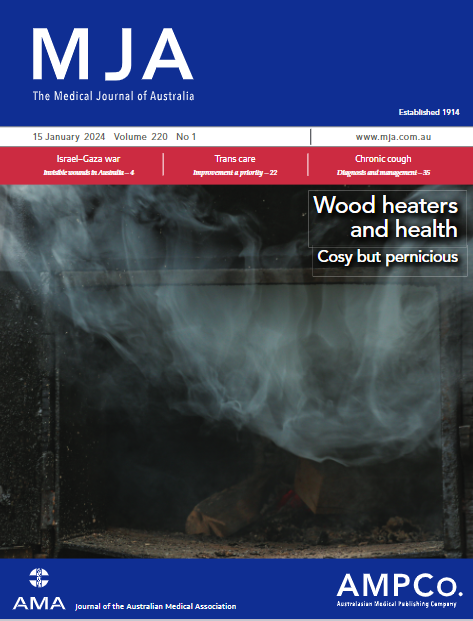The Telephysiotherapy for Older People (TOP-UP) program for improving mobility in people receiving aged care: a hybrid type 1 effectiveness–implementation randomised controlled trial
Abstract
Objectives
To assess the effectiveness and implementation of a telephysiotherapy program for improving mobility, mobility goal attainment, and quality of life of people receiving at-home or residential aged care.
Study design
Hybrid type 1 effectiveness–implementation randomised controlled trial.
Setting, participants
People aged 65 years or older who were receiving community or residential aged care services in Australia, 1 September 2021 – 30 November 2023.
Intervention
Telephysiotherapy for Older People (TOP-UP): six-month program of ten telephysiotherapy (Zoom) sessions for assessment and tailored exercise prescription, supported by trained aged care workers and exercise videos.
Main outcome measures
Primary outcome: mobility (Short Physical Performance Battery [SPPB] score at baseline and six months). Secondary outcomes: fall rate (per person), proportion of people with falls, SPPB components (sit-to-stand performance, balance, gait speed), pain (visual analogue scale), mobility goal attainment, physical activity (Incidental and Planned Exercise Questionnaire), quality of life (EQ-5D-5L visual analogue scale).
Results
A total of 1348 people were screened at 27 sites, and 242 eligible people were recruited for the trial (mean age, 83 years [standard deviation, 8 years]; 158 women [65%]); 92 of 120 intervention group participants and 100 of 122 control group participants completed the six-month. After adjusting for baseline mobility scores, the mean difference in mobility score at six months (intervention v control group) was 2.1 (95% confidence interval [CI], 1.4–2.7) points. Sit-to-stand performance was more likely to improve in intervention than control participants (adjusted odds ratio, 2.7; 95% CI, 1.3–4.3); intervention participants reported greater quality of life (EQ-5D-5L visual analogue scale: adjusted mean difference, 6.2 [95% CI, 1.8–10.7] points) and less pain (visual analogue scale: adjusted mean difference, –1.1 [95% CI, –1.8 to –0.3] points), and a smaller proportion experienced falls (29, 32% v 44, 44%; risk ratio, 0.62; 95% CI, 0.42–0.92). Of 1348 screened people, 242 enrolled in the trial (18.0%), of whom 186 (77%) completed the trial, and 62 of 66 surveyed participants (94%) endorsed the intervention. No serious adverse events were recorded.
Conclusion
The TOP-UP program safely improved mobility, reduced fall risk and pain, and improved quality of life for people receiving aged care. Telephysiotherapy could be incorporated into aged care to improve the lives of older Australians.
Trial registration
Australian New Zealand Clinical Trials Registry, ACTRN 12621000734864 (prospective).


 求助内容:
求助内容: 应助结果提醒方式:
应助结果提醒方式:


